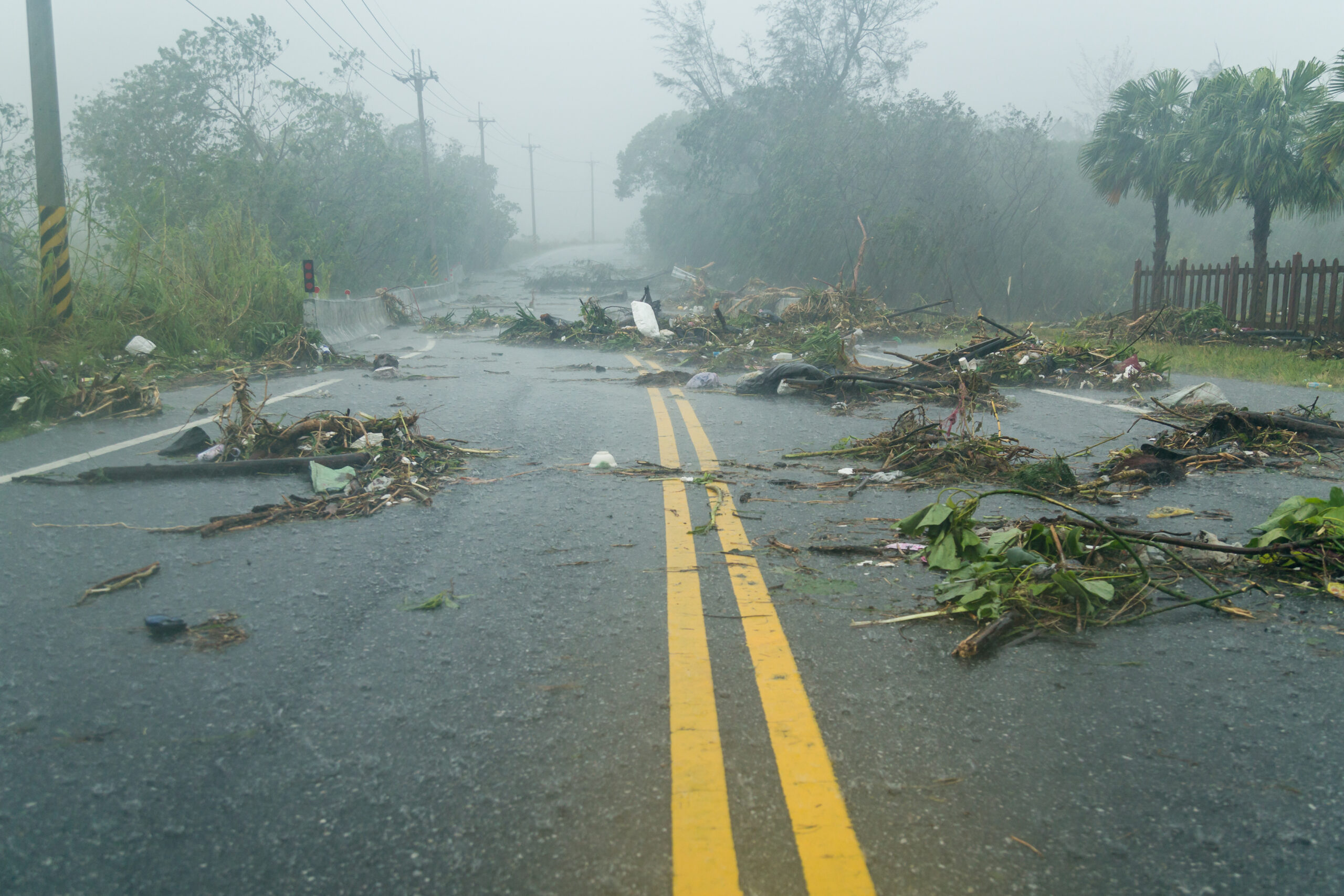Panic Buying - Is it being prepared or is it hoarding?
The cyberattack of Colonial Pipeline in May 2021, resulted in a fuel shortage and subsequent panic buying of gas in Southeastern United States that was reminiscent of early pandemic hoarding that led to shortages of toilet paper, canned foods, and menstrual products. A form of hoarding is panic buying, which is the action of buying large quantities of a particular product or commodity due to sudden fears of a forthcoming shortage or price increase. Some psychological explanations have been used to explain the increase of panic buying during the pandemic, including the perceived scarcity effect (when a person experiences a sense of losing control over the environment), social learning, instinctual behavior, lack of confidence, and the influence of media images of peers participating in panic buying. Fuel shortages and panic buying of other products can cause disruptions in the supply chain due to delivery disruptions and demand fluctuations.
This begs the question: What is the appropriate level of preparedness for your individual household?
When the supply chain is disrupted by a human-made crisis as in the fuel shortage, maintaining emergency items at home year-round becomes essential. By keeping a baseline level of preparation by making a plan with your family, you can prevent over-correcting during a time of disaster and end up hoarding. The FEMA report Are you Ready is an in-depth guide to citizen preparedness which outlines basic preparedness essentials such as which items to keep in emergency kits, and the types of hazards during a disaster.
Conversely, there are also super-preppers who create isolated prepping communities in rural areas who may take it too far. Preparedness can look different based on each family’s needs and ability to prepare, and stockpiling is not an option for those who cannot afford to buy in surplus, ahead of time. To ensure there is a supply of necessary items available for everyone in the community, citizens should be weary of panic buying and consider the impacts of super-prepping on their fellow community members.
Each year, Healthcare Ready conducts a National Domestic Preparedness Poll in which the preparedness behaviors of American residents are shared. Some of the questions include the respondent’s likelihood of preparedness actions such as:
- Keeping cash on hand
- Keeping a bag packed with emergency supplies in the home
- Keeping a copy of medical records stored in a safe place
Through a tumultuous year that was 2020, responses to questions on preparedness behaviors appears to remain about the same as last year, signaling opportunities for improved investments towards individual and community preparedness initiatives.
In order to shift away from the instinct to panic buy, which could cause real and devastating impacts on various supply chains, there needs to be more investment into personal preparedness to protect oneself and one’s own family before an emergency situation happens. By creating a culture of preparing before an event, when possible, this reduces the occurrences of empty shelves at grocery stores and reduces the pressure on families who are not able to prepare ahead of time.
Visit Healthcare Ready’s preparedness tool, Resource Ready to help you prepare for and recover from disasters with your health needs in mind.
Visit Healthcare Ready’s Tip Sheet for tips on how to prepare before a disaster or outbreak to prepare you before a state of emergency.






